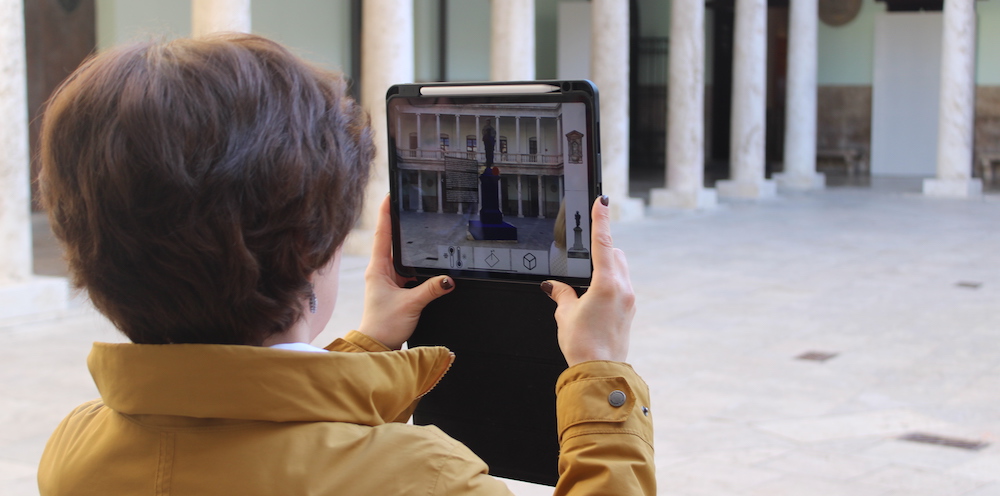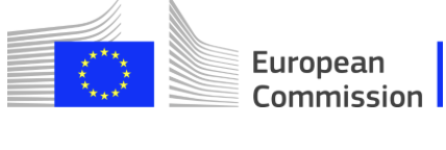An international consortium is developing smart technologies for safeguarding heritage in the face of climate change and conflict.
Rome, 16 July 2024 - Europe's cultural heritage is a testament to centuries of human creativity, resilience, and ingenuity. However, threats such as climate change and conflicts have become increasingly apparent in recent years. In the face of mounting challenges, safeguarding these invaluable assets has never been more urgent.
To meet the demand for accessible and systematic tools to monitor cultural heritage—both buildings and objects—while gaining support from local communities, a consortium of interdisciplinary partners has established ChemiNova. This groundbreaking initiative is funded by the European Union’s Horizon Europe Framework Programme.
At its core, ChemiNova seeks to empower conservation professionals, engage local communities and harness cutting-edge technology to protect and preserve Europe's rich cultural legacy. Central to its mission is the development of an intelligent computational system that goes beyond current technologies. By leveraging a myriad of data, this system will provide heritage professionals with a single framework for documenting, digitizing, classifying and sharing information. The practical toolkit employs mixed and augmented reality, as well deep learning and 3D modeling, allowing users to work anytime and anywhere— and with the help of local community members.
Through citizen science initiatives, communities will be empowered to contribute to conservation efforts by providing data and increasing their awareness about the impacts of climate change and other hazards to cultural heritage. By placing end-users at the heart of its tools and methods, ChemiNova ensures that its solutions are accessible, adaptable and tailored to the diverse needs of heritage practitioners and non-experts alike.
ChemiNova technology is currently being developed and tested using four different case studies from across the continent: the historic campus and Martínez Guerricabeitia contemporary art collection of the University of Valencia, the collection of the Library of Human Anatomy in Palermo, the Schönbrunn Palace in Vienna, and Saint Sophia Cathedral in Kyiv.
For more information on ChemiNova visit its website and social media channels: YouTube, LinkedIn and Instagram.
#ChemiNova #ChemiNovaEU #ChemiNova4heritage
ChemiNova Partners
- Universitat de València (UVEG), Spain
- International Centre for the study of the preservation and restoration of cultural property (ICCROM)
- Università degli Studi di Palermo (UNIPA), Italy
- National Conservation Area “St. Sophia of Kyiv” (NCA-SSK), Ukraine
- Consiglio Nazionale delle Ricerche – Institute of Atmospheric Sciences and Climate (CNR-ISAC), Italy
- Gottfried Wilhelm Leibniz Universität Hannover (LUH), Germany
- 4D-IT GmbH (4D-IT), Austria
- The University of Burgundy (UB), France
- Schloss Schonbrunn Kultur- und Betriebsgesellschaft m.B.H. (SKB), Austria
- DIADRASIS, Interdisciplinary research on Archaelogical & Architectural Conservation (DIADRASIS), Greece
- Universitatea Tehnica Cluj-Napoca (UTC), Romania
- ART+COM GmbH (ARTCO), Germany
| “ChemiNova has received funding from the European Union’s Horizon Europe Framework Programme under grant agreement 101132442.” |
Media Contact:
Jennifer Copithorne
Manager of Partnership and Communication
ICCROM
communications@iccrom.org



